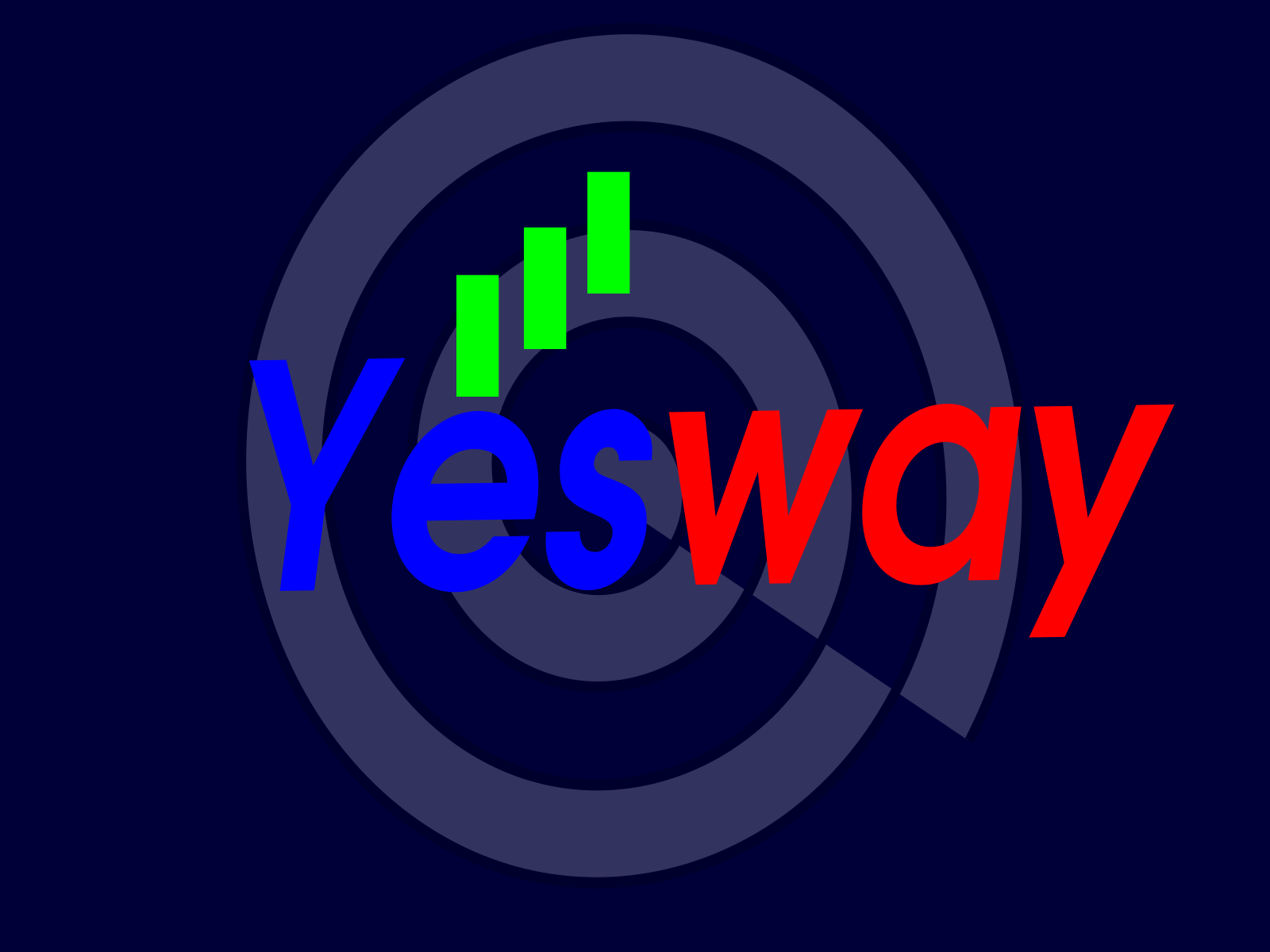LoraWAN Advantages for IOT
LoraWAN advantages for the Internet of Things, also known as IoT, are discussed in this article.
LoraWAN is a useful technology for business process improvement.
LoraWAN is a low data rate, low power, long-distance wireless technology.
The ‘Lora’ part of the name, stands for ‘LOng RAnge’.
LoraWAN is designed for Internet of Things (IoT) uses.
LoRa technology offers bi-directional communication, end-to-end security, mobility and localisation options.
Lora typically operates within license-free ISM (Industrial, Scientific, Medical) radio frequency bands located below 1 Gigahertz (GHz).
Operating in the ISM frequency bands, allows anyone to build a LoraWAN network, without the cost of Ofcom (in the UK) spectrum operating licences.
Lora technology provides a very long-transmission range, compared with Wifi & Bluetooth etc, while using exceptionally low power consumption.
There are of course IOT applications that are better suited to other wireless technologies, such as Wifi.
LoraWAN can only transmit small amounts of data at a time, so is not suitable for streaming video for example.
Lorawan Advantages are listed below:-
Long-range and deep penetration
LoraWAN is good at penetrating into buildings, or even underground. Therefore Sensors can be located indoors, outdoors and even underground, and still be able to communicate with the receiving Gateway device.
Distances of up to 50Km can be achieved in open areas and up to 10km within a town or city.
Low Power
LoraWAN’s advantage for IoT is offering low data bit rates, which results in low energy consumption.
Environmental Sensors such as Smart Parking or Soil sensors are designed with Lora technology, to send small amounts of data when required.
How often the small amounts of data are sent can be designed to be event-driven or at a scheduled time period.
This enables battery life to last for up to 10 years.
High Network Capacity
Lora uses an adaptive data rate and features a multi-channel multi-modem transceiver in the gateway device.
This allows for simultaneous messages to be received on multiple channels.
Therefore a LoRaWAN network has very high capacity and scalability options..
Open Standard, unlicensed band
The LoRaWAN specification is supported and maintained by the LoRa Alliance.
LoraWAN mostly operates in the licence free ISM (Industrial Scientific Medical) bands.
In Europe the frequency is 868MHz, and 915 in the USA etc.
The advantage of LoraWAN operating in an ISM band is that there are no expensive licence fees to be paid to local regulatory bodies (Ofcom in the UK, for example).
A potential disadvantage of using unlicenced frequency spectrum is interference from other users.
Security
Lora has AES-128 encryption built in as standard.
Ease of Installation
As Lora connected Sensors consume only tiny amounts of power, they can run from batteries for a number of years. This makes installation simple, as time-consuming & expensive cabling isn’t required.
Uses of LoraWAN
LoraWAN is great for a number of application areas. Some of these are listed below:
Smart Agriculture
Smart agriculture is a term that refers to using sensor technology monitor environmental factors.
Environmental factors that are monitored include soil Ph, moisture content, water levels etc.
The data from the sensors is fed back to the internet or local server, for analysis and processing.
As Lora is a two-way technology, it can also be used to send data commands out to equipment in the fields, as well as receive data.
This could for example allow water valves to be remotely controlled when the sensors detect a field that needs watering.
Smart Cities
Smart cities monitor environmental conditions and adjust and respond.
Lora is a perfect technology for sensors, as batteries can last for years, and it is long range.
An example application of LoraWAN as part of a Smart City ecosystem is its use in Smart Parking systems.
Smart parking systems use sensors embedded into the floor of a car park, to detect whether there is a car in a parking space.
This data is used to direct motorists to available free parking, and to make cities run smoother.
Yesway is based in Lincoln, UK.
+44 (01522) 740818
This article was written by Yesway engineer Craig Miles
Internet of Things | Two Way Radio Wireless Communications – Yesway Communications







